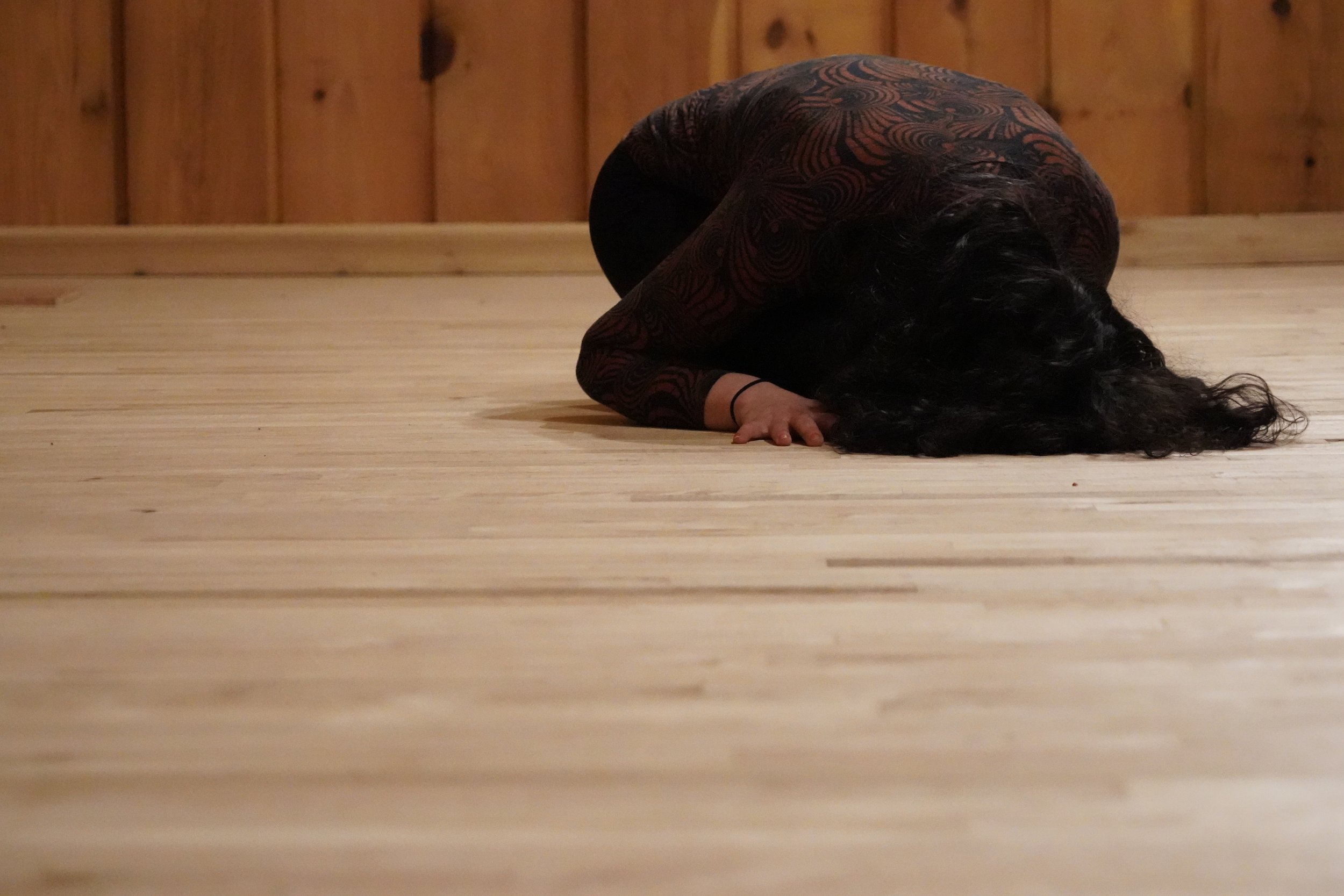
Roots.
The Institute of the Study of Somatic Communication (ISSC), is an organization initiated by dancer, Nita Little, and anthropologist, Amanda Concha–Holmes, to enrich human relational practices. It has expanded to include other members whose work is also directive of our goals and the means to them.
The roots of the ISSC began with Nita’s work in dance improvisation, especially since the initiation of Contact Improvisation, a powerfully athletic duet dance form that emerged in 1972. The dynamics of physical weight exchange requiring instantaneous decision making clarified to her that dance was never just a bodily felt activity but rather involved disciplined mental engagement. Thirty six years later, having developed a comprehensive understanding of how to train modes of physical attention that support relational practices in dance improvisation, and through years of teaching dance professionals and amatures as well as through the activities of her dance research company, Nita decided she needed to know what was understood in other disciplines regarding activities of the mind (that she understood was always also a body). She went back to get a PhD in Performance Studies (a humanities degree) in order to engage across fields including cognitive science, anthropology, philosophy and beyond. She found research to be theoretical without a basis in practice. And, she came to realize that more ideas about the body, attention, and physical presence and its abilities to act as individual agents missed the critical point that her research continually advanced, the physicality of communication across bodyminds. She saw that our ideas of what a body and a mind are were limiting factors that occluded the extraordinary results she continually experienced when dancers learned to articulate their presence. These results indicated that there are territories of interpersonal communication that are missed when we only act as individuals, when we do not understand the spatial and temporal boundaries of the mind in its motion, and when we limit our non-verbal ability to communicate merely on gross levels of body language.
Understanding that it is in practice that we can exceed our limitations, she set out to develop a network of research dance ensembles across cultures. Her intent was to have these bodies devise methodologies not dominated by any single culture or State. In 2016 she met and formed the precursor to the ISSC with Amanda Conche Holmes. By 2020 she had started seven CoLaboratories as these ensembles came to be called. The coLabs spanned the US and four nations in Europe. Three more were about to begin when Covid stopped all dance activities of the ISSC. By 2021 she devised a highly successful online CoLab directed by Sophia Reichert, an anthropologist dancer with a PhD from the University of Chicago living in Berlin. By today, 2024, many of the initial coLabs are returning with ISSC activity starting in Italy, Poland, Germany and France and preparations are underway for other initiations in 2025 including in Australia as well as numbers of points across the USA.